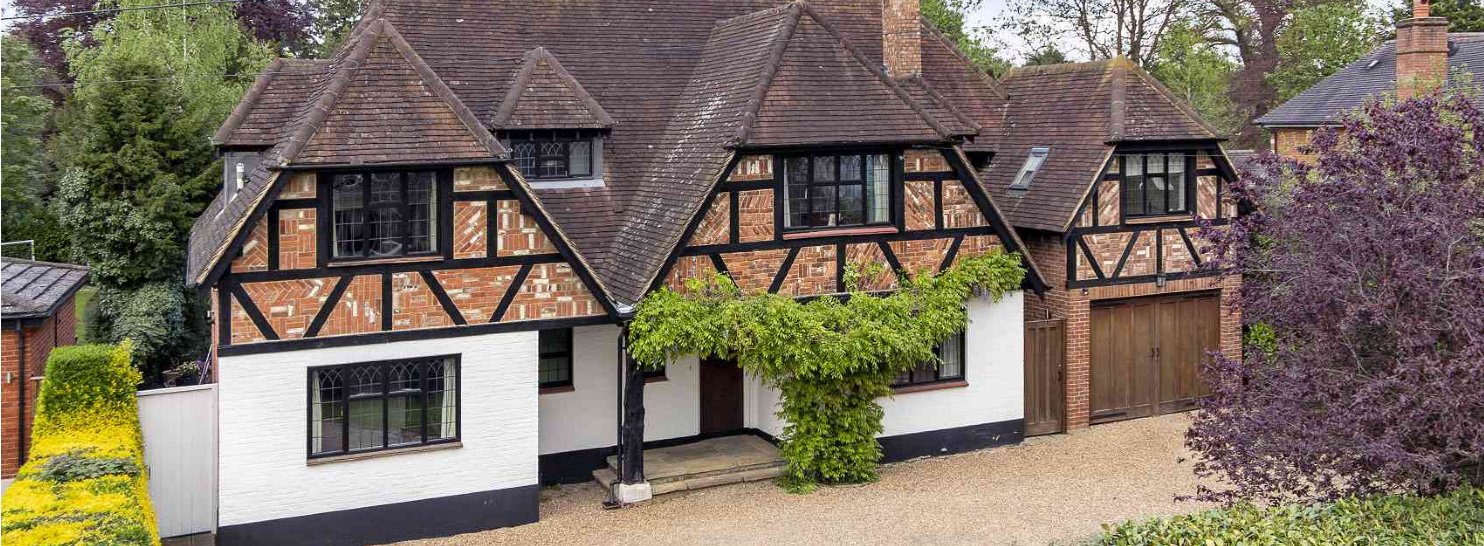Signs of growth in suburban markets
.jpg)
Note: Prime London suburbs: properties located within the M25
Prices in prime London suburbs are rising again. In the past three months, house prices increased by 0.7% – more than any other prime region in the country. This means that annual growth remains almost flat, with a fall of just 0.1%. Twelve months ago, the annual movement had been a fall of 3.4%.
These figures suggest the market may be levelling out after a period of price falls following the EU referendum. Then, prices in the London suburbs market were the first to fall, but these results indicate that it could also be the first to recover.
A major factor driving recovery in this region has been the narrowing of price expectations between buyers and sellers. Half of our offices report signs of realignment during the past three months – a higher proportion than any other region. However, Brexit uncertainty remains an issue in this market, with two-thirds of our agents saying it is their most significant challenge. This continues to weigh on buyer sentiment.
The top end of the suburbs market has been most aff ected, having also been hit by the stamp duty increases in 2014. Over five years, the value of £2 million-plus properties has fallen by 24.6%, whereas those valued less than £1 million grew by 13.2% during the same period. But with quarterly growth of 0.2%, the £2 million-plus market is showing signs of recovery.
Value is a major motivation here as prime properties in the suburbs cost around £500psf, compared with £1,200psf in the capital. As such, the vast majority of buyers in this region are moving from London – with two-thirds upsizing.
Prime price movements (to June 2019)

Price monitor
Note: Prices to June 2019
Source: Savills Research
Opportunities for buyers
The prime Surrey markets of Cobham, Esher and Weybridge have been driving recovery across the region, with prices growing by 1.4% during the past year. Cobham, in particular, has performed well, with values increasing by 5.9% in the past 12 months after a sustained period of price corrections.
By contrast, property prices in Northwood have continued to fall – softening by 4.1% during the past year, with more sensitive market sentiment following the Brexit deadline extension.
That said, in markets such as Rickmansworth, a number of buyers have been taking advantage of the extension. Those holding out for a Brexit decision have decided to commit, leading to some market momentum in the late spring. Prices increased by 1.4% in the second quarter of 2019, meaning values fell by just 0.6% during the past year.
Loughton has also continued to see growth. Prices increased by 1.2% over the past year, driven by buyers making the most of the value gap with London. During the past two years, more than half of buyers in prime Loughton have moved from the capital.
Road to recovery: The prime London suburbs was the first country market to fall following the EU referendum, but is showing signs of recovery
Outlook
While there are signs of recovery, the market is likely to remain price sensitive over the next few months. Ongoing uncertainty over the Brexit deal, the strength of the economy and any potential tax changes are likely to create some caution.
Any decisions to hold out for a potential stamp duty cut for the top end will need to be weighed against the risk of a no-deal Brexit, or further tax changes in the event of a change of government.
But buyers who are motivated to move now are actively looking for opportunities, particularly as mortgage rates remain low. The value gap between commuter zone markets and the capital will continue to drive this demand going forward.
